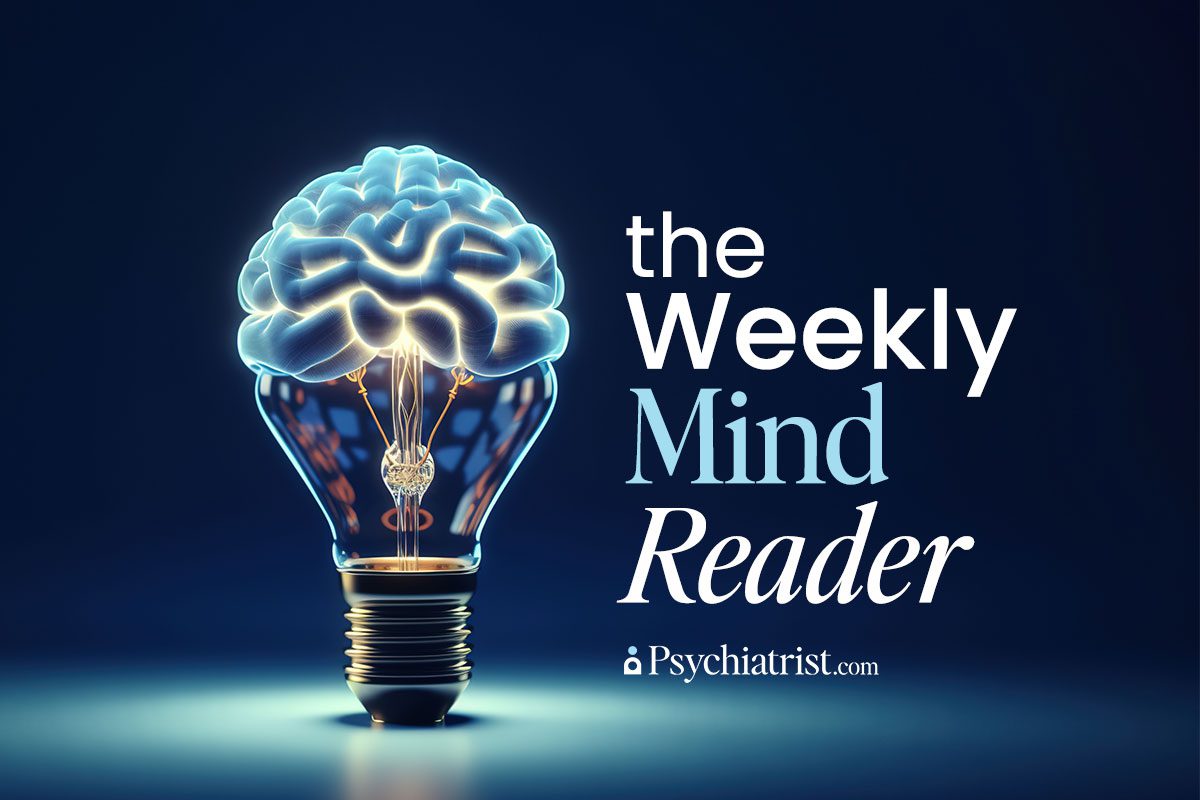Stop me if you’ve heard this before…criticism and humor work pretty well together. From Jonathan Swift’s modest proposals to Jon Stewart’s real “fake news,” satire has always been a part of the public discourse.
But even satire comes with its own set of unexpected consequences, and it can threaten one’s reputation more surgically than a blunt critique. By spiking commentary with a dose of humor, some say that satire sharpens the blade, rather than softening the blow. As a result, the critique can render its targets more vulnerable to additional scrutiny.
A Deep Dive into Satire
A group of researchers – probably armed with a pretty decent sense of humor of their own – wanted to learn more about the psychology of satire. To do that, they assessed its impact by relying on an exhaustive set of studies that included real-world observations and controlled experiments.
They started by combing through more than 100,000 comments on YouTube videos that featured either satirical or directly critical content. What they found was revealing. Viewers of satirical videos relied on dehumanizing language more often when discussing the individuals targeted by the content.
Further experiments (which included more than 2,000 participants) revealed that individuals evaluated targets more negatively after exposure to satirical memes and videos – as opposed to more straightforward criticism. The researchers concluded that satire’s unique blend of critique and humor might make it easier for audiences to see the target as less than human, making them prone to harsher judgment.
The Science Behind Satire’s Sharp Edge
Satire, as Swift himself put it, “is a sort of glass, wherein beholders do generally discover everybody’s face but their own.” It occupies a special niche within the larger spectrum of humor. By packaging biting criticism in a humorous presentation, it typically evades the label of “social commentary.”
Historically, writers have relied on humor to break the tension, foster social bonds, and to simply entertain. However, this new data suggests that when humor takes the form of satire, it can have a darker side.
One crucial component the study’s authors settled on? The dehumanization of the target. It allowed consumers to see individuals as lacking human qualities such as intelligence, emotional complexity, or social refinement. When satire reduces people to caricatures or punchlines, it strips away their humanity in the eyes of the audience, amplifying negative perceptions while tearing down one’s reputation.
Real-World Satire and Cultural Impact
At the outset, the researchers pondered a pair of competing hypotheses:
- Satire would be less damaging than direct criticism because it was so playful.
- Or, satire’s humor would make targets more susceptible to dehumanization and reputational damage.
The evidence overwhelmingly supported the latter.
The study’s findings resonate with real-world examples. One notable instance that the authors referenced was Tina Fey’s satirical portrayal of former Alaska Gov. (and brief vice presidential candidate) Sarah Palin on “Saturday Night Live” during the 2008 campaign. Despite its comedic intent, the portrayal played a huge part in shaping the public’s perception of Palin, quickly undercutting her political credibility.
Satire has become an increasingly popular form of 21st century media content, from old school network programs like “The Daily Show” to Reddit forum memes and TikTok videos.
What the researchers found could have significant implications for content creators, communicators, and even consumers. For media professionals, the research serves as a reminder that satire is not a benign form of commentary. It carries the potential to inflict lasting reputational damage. Responsible content creation demands a better understanding of this dynamic.
For audiences, the study highlights the importance of critical engagement with satirical content. Recognizing the subtle yet powerful influence of satire can help viewers form more balanced opinions.
Mitigating Satire’s Harmful Effects
The researchers wrapped up their paper with an exploration of potential strategies to dull satire’s sharp bite. One promising approach the team put forward involved encouraging viewers to imagine positive interactions with the satirical target. The authors found that this simple mental exercise led to more favorable evaluations of the targeted individual.
This finding underscores the importance of empathy in media consumption. By fostering a mindset that acknowledges the humanity of public figures, even in the face of blistering criticism, audiences can mitigate satire’s more harmful side effects.
Satire remains a double-edged sword. While it entertains and provokes thought, it can also cut deep, causing lasting reputational harm. As the media landscapes continue to evolve, understanding the psychological and social effects of satire becomes increasingly crucial. For both content creators and consumers, navigating this new terrain with awareness and empathy can help foster a more thoughtful and respectful discourse.
Further Reading
Geriatric Medicine for Old Age Psychiatrists



